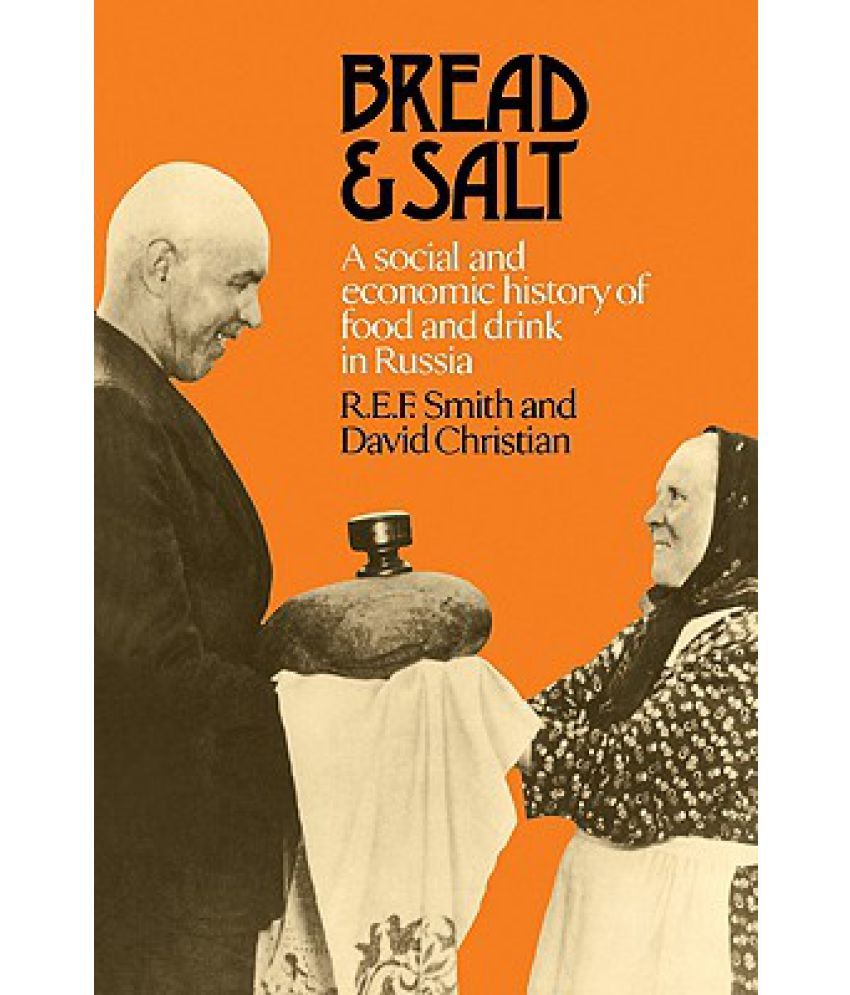Something went wrong. Please refresh the page and try again.
Something went wrong. Please refresh the page and try again.
Notifications can be turned off anytime from settings.
Item(s) Added To cart
Qty.
Something went wrong. Please refresh the page and try again.
Something went wrong. Please refresh the page and try again.
Exchange offer not applicable. New product price is lower than exchange product price
Please check the updated No Cost EMI details on the payment page
Exchange offer is not applicable with this product
Exchange Offer cannot be clubbed with Bajaj Finserv for this product
Product price & seller has been updated as per Bajaj Finserv EMI option
Please apply exchange offer again
Your item has been added to Shortlist.
View AllYour Item has been added to Shopping List
View AllSorry! Bread and Salt is sold out.


You will be notified when this product will be in stock
Brief Description
Bread and Salt - a literal translation of the Russian word for hospitality - explores the social and economic implications of eating and drinking in Russia in the thousand years before 1900.
Learn More about the Book
Bread and Salt - a literal translation of the Russian word for hospitality - explores the social and economic implications of eating and drinking in Russia in the thousand years before 1900. Eating and drinking are viewed here as social activities which involves the economics of production, storage and distribution of food stuffs. These activities attract both social controls and state taxation; in this way the everyday process of eating and drinking is linked with the history of Russia. The dominance of grain in the diet throughout the period and the importance of salt, as implied in the title, are dealt with, as are the early Russian beer-drinking fraternities. The relatively late introduction of spirits, in the from of vodka, and it disastrous consequences in social terms are described. Tea and the samovar, also much more a latecomer than is generally realized, did little to diminish excessive drinking. Drinking, in any event, was by no means discourage by the state, since it was a major source of state income. The final section of the book looks at rural diets in the nineteenth century, when some variation and new items, such as the potato, became important. At the same time, peasants depended basically on the grain crop, as they had for thousands of years. Forced by txation to enter the market, afflicted by severe famines towards the end of the century, many peasants ate and drank no better as a result of the modernization of the county.
The images represent actual product though color of the image and product may slightly differ.
Register now to get updates on promotions and
coupons. Or Download App